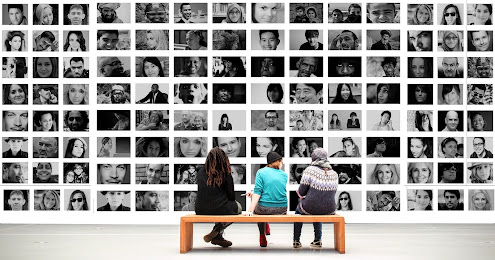Your attention, please!

Creative innovation is a great way to express an inspired thought, but often there’s more to creative work than self-expression. Frequently, inventive works aren’t only about showcasing an idea, but also connecting with others through it. Creating for no other reason than because you’re moved to is wonderful. And, there’s truth to the sentiment that designing something with imposed limitations, like a fear of getting it wrong or making a mistake, can stymie innovation. After all, imagine what inventions, programs, music, paintings, and books wouldn’t have materialized if their creators hadn’t broken away from conventional ways of seeing and doing things and looked at them with new approaches? What would have happened if innovators hadn’t pushed past missteps on their way to realizing their concepts? Hadn’t pressed forward to creating something different; something unique? Pushing boundaries is essential for growth and unbound creativity is a big part of that. ...
